detail profile tom c3 a1s guti c3 a9rrez alea
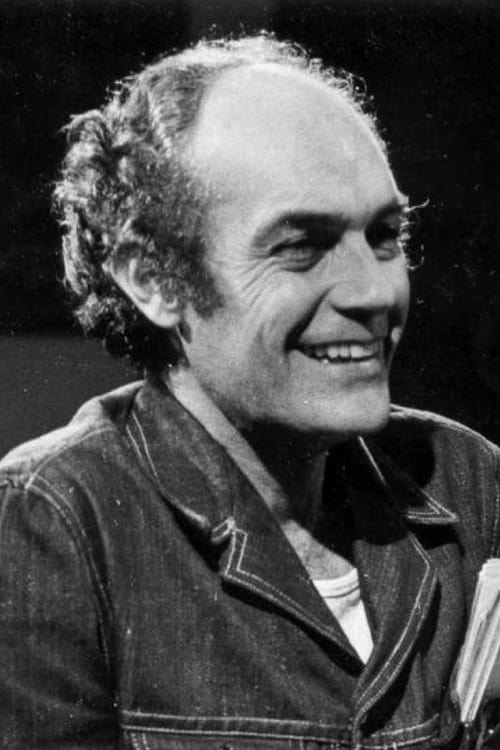
Tomás Gutiérrez Alea
Томас Гутиеррес Алеа
atau dikenal sebagai
Riwayat Hidup
Tomás Gutiérrez Alea was a Cuban film director and screenwriter.
He wrote and directed more than twenty features, documentaries, and short films, which are known for his sharp insight into post-Revolutionary Cuba, and possess a delicate balance between dedication to the revolution and criticism of its social, economic, and political aftermaths in the country.
Info Pribadi
Peran Yang Di Mainkan Tomás Gutiérrez Alea
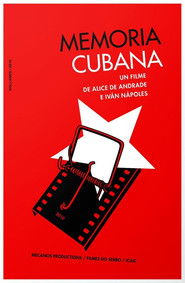 Through the files of Cuban cinema...
Through the files of Cuban cinema...Memória Cubana 2010
Through the files of Cuban cinema news program Noticieros ICAIC Latinoamericanos, the documentary shows the most relevant events of the second half of the 20th century as seen by the documentary filmmakers of the island. During three decades and under the general direction of Santiago Álvarez, these moviemakers witnessed almost everything: from the shivers of the Cold War to Bola de Nieve's piano solos; from the discovery of the killing fields in Cambodia to the Carnation Revolution in Portugal. In 2009, the original negatives of Noticieros ICAIC Latinoamericanos were declared part of the "world memory" by UNESCO.
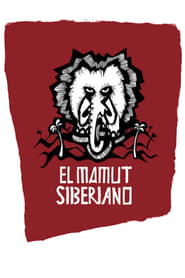 Contemporary film critics regard the epic...
Contemporary film critics regard the epic...I Am Cuba, the Siberian Mammoth 2005
Contemporary film critics regard the epic film I Am Cuba as a modern masterpiece. The 1964 Cuban/Soviet coproduction marked a watershed moment of cultural collaboration between two nations. Yet the film never found a mass audience, languishing for decades until its reintroduction as a "classic" in the 1990s. Vicente Ferraz explores the strange history of this cinematic tour de force, and the deeper meaning for those who participated in its creation.
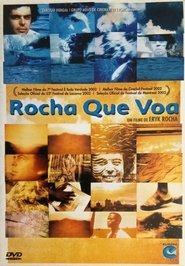 Documentary about the relationship between filmmaker...
Documentary about the relationship between filmmaker...Rocha Que Voa 2002
Documentary about the relationship between filmmaker Glauber Rocha and Cuba.
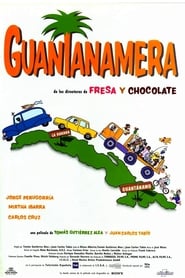 During the Special Period the members...
During the Special Period the members...Guantanamera 1995
During the 'Special Period', the members of a funeral procession cross paths with truckdrivers who have to take the same route, and begin to talk about God and the world. They discover that life for both groups has many similarities, as well as a lot of differences.
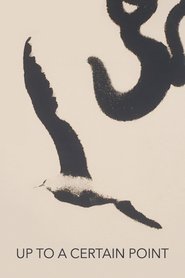 A theater director and scriptwriter falls...
A theater director and scriptwriter falls...Up to a Certain Point 1983
A theater director and script-writer falls for a female worker from the Havana docks, but his machismo, social and working conflicts, and the Cuban woman's condition interfere with their relationship.
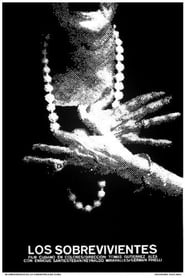 A bourgeois Cuban family of aristocratic...
A bourgeois Cuban family of aristocratic...The Survivors 1979
A bourgeois Cuban family of aristocratic origin locks itself into its mansion when the Cuban Revolution comes to power, waiting for the new regime to be overthrown. As time passes, they regress to older and older systems of political order, from capitalism to feudalism to "primitive savagery." Preserved by the Academy Film Archive in 2017.
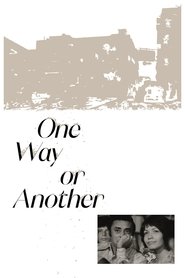 In Miraflores Cuba the growing romance...
In Miraflores Cuba the growing romance...One Way or Another 1977
In Miraflores, Cuba, the growing romance between Mario, a factory worker, and Yolanda, a schoolteacher, throws into relief the differences in their perspectives and values in Revolutionary Cuba.
 A closeup examination of laborers creating...
A closeup examination of laborers creating...El arte del tabaco 1974
A close-up examination of laborers creating Cuban cigars intercut with artistic advertising labels and postures for those cigars. Silent with musical accompaniment.
 In the aftermath of the Bay...
In the aftermath of the Bay...Memories of Underdevelopment 1968
In the aftermath of the Bay of Pigs incident, Sergio chooses to stay behind in Cuba while his wife and family escape to neighboring Miami. Alone in a brave new world, Sergio observes the constant threat of foreign invasion while chasing young women all over Havana. He finally meets Elena, a young girl he seeks to mould into the image of his ex-wife, but at what cost to himself?
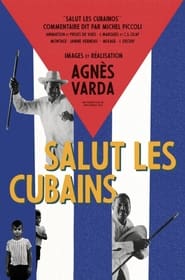 A photo montage of Cubans filmed...
A photo montage of Cubans filmed...Hello Cubans 1963
A photo montage of Cubans filmed by Agnès Varda during her visit to Cuba in 1963, four years after Fidel Castro came to power. This black & white documentary explores their socialist culture and society while making use of 1500 pictures (out of 4000!) the filmmaker took while on the island.
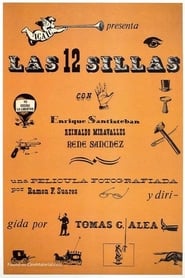 When her country is taken over...
When her country is taken over...The Twelve Chairs 1962
When her country is taken over by socialist revolutionaries, a wealthy woman can't bear to give up all of her wealth and possessions to the new government, so she hides all of her treasures in the 12 chairs of a dining-room set. After her death her nephew finds out what she had done and, since the chairs had been "nationalized" and are now in the possession of a dozen different people, he sets out to track them down and get the treasures he believes rightfully belong to him.
 The unfair distribution of land in...
The unfair distribution of land in...This Is Our Land 1959
The unfair distribution of land in Cuba encourages the support of the peasants to the revolution.
 Set in 1979 following a young Communist...
Set in 1979 following a young Communist...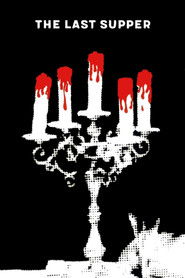 A pious plantation owner attempts to...
A pious plantation owner attempts to...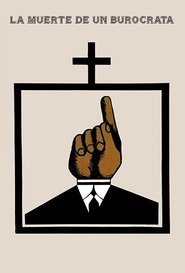 A young man attempts to fight...
A young man attempts to fight...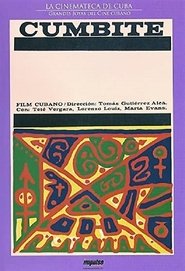 A Haitian son returns from fifteen...
A Haitian son returns from fifteen...